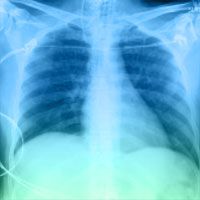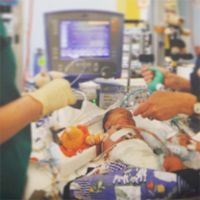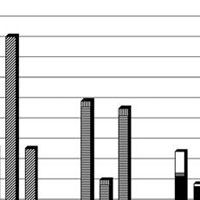Tag: analysis
Comparison of European ICU patients in 2012 (ICON) versus 2002 (SOAP)
Over the 10‑year period between 2002 and 2012, the proportion of patients with sepsis admitted to European ICUs remained relatively stable, but the severity of disease increased. In multilevel analysis, the odds of ICU... read more

Sepsis Reduces Bone Strength Before Morphologic Changes Are Identifiable
In a rodent sepsis model, trabecular bone strength is functionally reduced within 24 hours and is associated with a reduction in collagen and mineral elastic modulus. This is likely to be the result of altered biomechanical... read more

An Exploratory Reanalysis of the Randomized Trial on Efficacy of Corticosteroids as Rescue Therapy for the Late Phase of ARDS
During active intervention, methylprednisolone was safe and effective in achieving disease resolution. Our findings support rapid glucocorticoid discontinuation post extubation as likely cause of disease relapse. Gradual... read more

The Effects of Antibiotic Cycling and Mixing on Antibiotic Resistance in ICU
Whether antibiotic rotation strategies reduce prevalence of antibiotic-resistant, Gram-negative bacteria in intensive care units (ICUs) has not been accurately established. We aimed to assess whether cycling of antibiotics... read more

Pharmacokinetics of meropenem in septic patients on sustained low-efficiency dialysis
The aim of the study was to describe the population pharmacokinetics (PK) of meropenem in critically ill patients receiving sustained low-efficiency dialysis (SLED). We found a relevant PK variability for meropenem in patients... read more

Prognostic Effects of Delirium Motor Subtypes in Hospitalized Older Adults
One in three acutely ill hospitalized older adults who suffered hypo-active or mixed delirium died in the hospital. Clinicians should be aware that hypo-active symptoms of delirium, whether shown exclusively or in alternation... read more

Physician Genders and the Likelihood of ICU Admission in Hospital with Restricted ICU Bed Capacity
Despite the evidence that the patient gender is an important component in the intensive care unit (ICU) admission decision, the role of physician gender and the interaction between the two remain unclear. We demonstrated... read more

Effect of Emergency Department and ICU Occupancy on Admission Decisions and Outcomes for Critically Ill Patients
ICU admission decisions for critically ill emergency department patients are affected by medical ICU bed availability, though higher emergency department volume and other ICU occupancy did not play a role. Prolonged emergency... read more

Stress Ulcer Prophylaxis in ICU Patients Receiving Enteral Nutrition
Our results suggested that in patients receiving enteral feeding, pharmacologic SUP is not beneficial and combined interventions may even increase the risk of nosocomial pneumonia. We searched PubMed, Embase, and the Cochrane... read more

Association Between Fluid Balance and Outcomes in Critically Ill Children
Fluid overload is common and is associated with substantial morbidity and mortality in critically ill children. Additional research should now ideally focus on interventions aimed to mitigate the potential for harm associated... read more

Factors Associated with Life-Sustaining Treatment Restriction in the ICU
Few previous studies have investigated associations between clinical variables available after 24 hours in the ICU and decisions to restrict life-sustaining treatment. The aim of this study was to identify factors associated... read more

Pooled analysis of higher versus lower blood pressure targets for vasopressor therapy septic and vasodilatory shock
Targeting higher blood pressure targets may increase mortality in patients who have been treated with vasopressors for more than 6 h. Lower blood pressure targets were not associated with patient‑important adverse events... read more

Neural Breathing Pattern and Patient-Ventilator Interaction During Neurally Adjusted Ventilatory Assist and Conventional Ventilation in Newborns
Patient-ventilator interaction appears to be improved with neurally adjusted ventilatory assist. Analysis of the neural breathing pattern revealed a reduction in central apnea during neurally adjusted ventilatory assist use.... read more

Delayed Intubation Linked to Poor Outcome
The optimal timing of endotracheal intubation in critically ill patients requiring invasive mechanical ventilation remains undefined. A new analysis of the large, prospective Intensive Care Over Nations (ICON) database compares... read more




